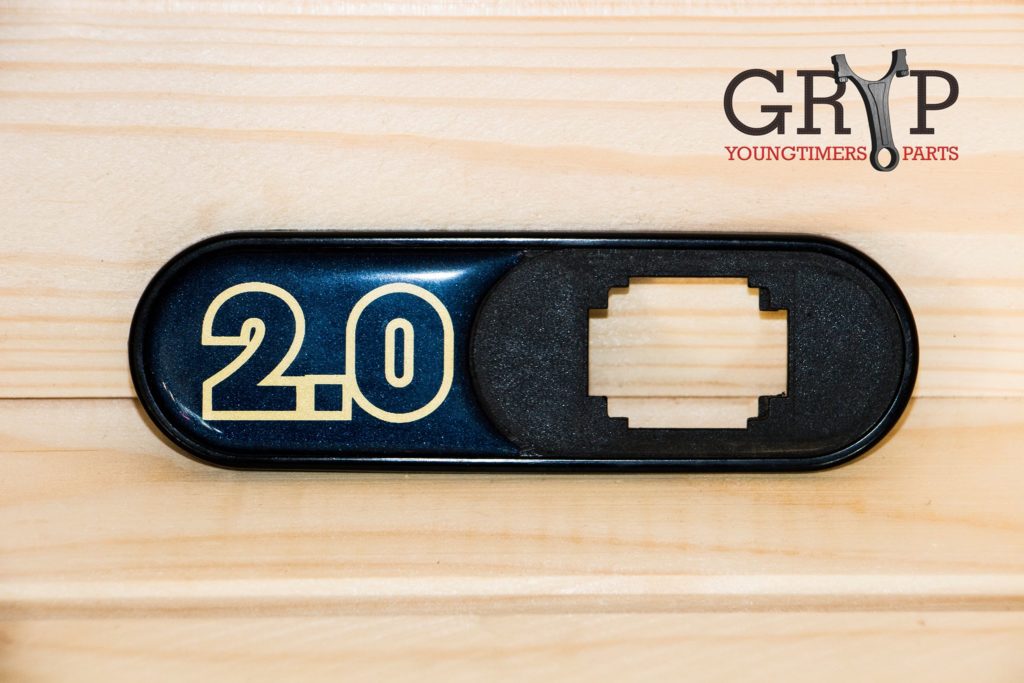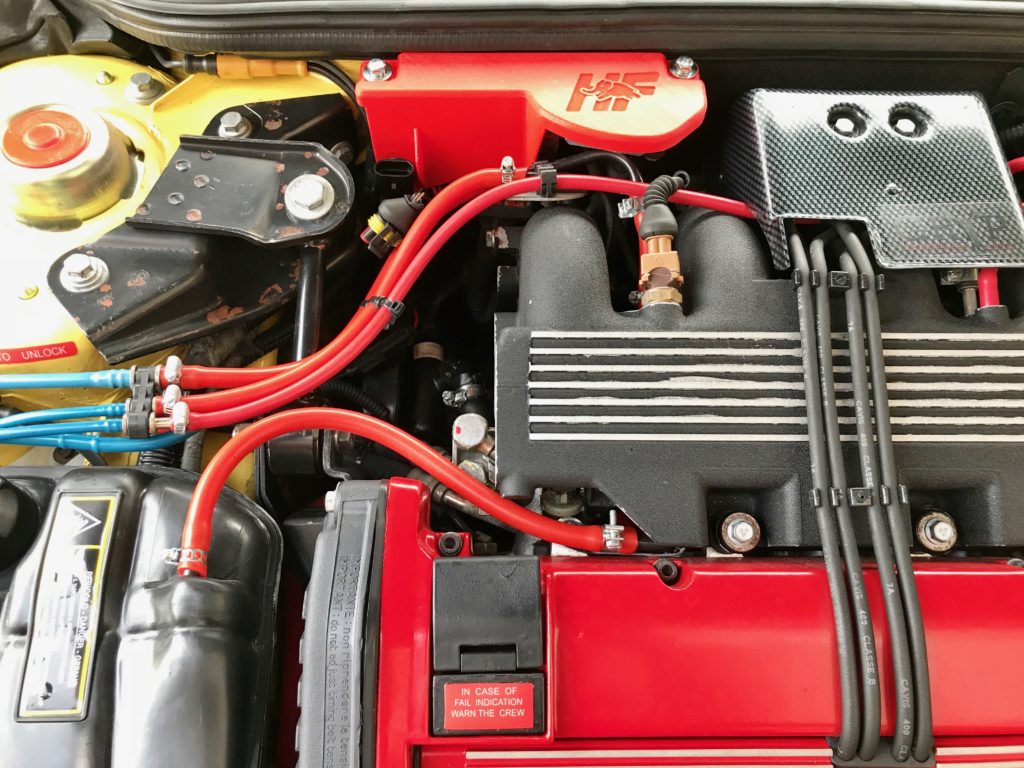Bastien Vanlathem, Belgian, has been living in Bordeaux (France), for 2 years. He met Gauthier Laviron during his studies. The two friends discovered that they share the same passion: vintage cars. This passion led to the creation of GRYP, which through the use of 3D printing allows owners of vintage cars to meet around this passion.
We had the pleasure to speak with Bastien Vanlathem, one of the co-founders who has shared with us GRYP’s first steps in the automotive industry, as well as the use of 3D printing in this sector. #OpinionoftheWeek
Tell us more about you

I have always loved cars and driving. I used to do car competitions and Gauthier, my partner likes restoring cars. This common passion around cars led us to know each other better, to realize that we had the same vision, the same idea and to realize this project.
During the second year of my Master, after winning the Entrepreneurs’ Contest, we were more than motivated to start.
For the record, after the restoration of Gauthier’s Gulf Cabriolet Volkswagen, we realized that on the market there is a scarcity of spare parts. We decided to take up this challenge and to offer this type of parts to the market. Things started to take shape and GRYP became official in October 2017.
What’s the offering of GRYP?
GRYP specializes in the additive manufacturing of spare parts for vintage and younger cars.
On our website, we offer a catalog of spare parts that we manufacture. Our first goal is to develop this catalog. To achieve that, we will manufacture more than 100 pieces in 6 months and we have already manufactured 40. We must find new spare parts that are not available on the market and make sure that we can make these parts better than the original.
We are currently working on this line, and we will develop further services including the sale of 3D printers to our B2B (business to business) and B2C (business to consumers) customers. Therefore, our customers will be able to buy the parts of our catalog and manufacture them themselves.
So, we will work on a strategy that that will be implemented for 1 year or 2 years.
Is your offering limited to Bordeaux?
Our offerings are not limited to Bordeaux. Currently, we have customers who come from all departments in France but also from Belgium. We would like to develop our business to other collectors in Europe because our company could provide them with deliveries and other services.
Our beginnings in France give us the opportunity to test the market, our process and our products before expanding.
What was your first experience with 3D printing and why this interest in this technology?
We used 3D printing for the first time in a Fab Lab. We were working on GRYP: for a year, we achieved a lot of prototypes and developed other products to make sure our parts were perfect for our future customers.
Tell us about a challenging project that was carried out by GRYP
A challenging project was to demonstrate to our customers the advantages of the 3D printing technology because a lot of 3D printing companies manufacture parts for collectors but the latter are not aware about the real advantages of such parts and the need of customers. Furthermore, they do not use the good primary materials and they do not have the appropriate technology to manufacture spare parts.
In addition to be passionate about cars, we know our markets – we really pay attention to everything during the manufacturing processes; that’s why, from the very beginning, we decided to communicate with collectors.
We went to a rally of collection cars and we spoke with others passionate people who really understand the need of the customers. We later decided to go to professionals, restoration garages and other companies, and we decided to start with prototypes to be sure that the process was good. Our customers are really satisfied with our product and manufacturing process.

How do you use 3D printing in the automotive industry?
In the automotive industry, in general, companies use 3D printing technology to create prototypes of parts for new cars. Thanks to this technology, at GRYP, we can create unique parts instead of creating massive quantities. This is one of the main advantages of 3D printing in the automotive industry. This is particularly noticeable in the case of classic cars. We manufacture parts but we don’t have to store them. So, when a customer calls us for a part, we just have to select it in our catalog and 3D print it on demand. It is a very good advantage in terms of costs and production.

Another advantage that we exploit when we use additive manufacturing is our CAD software which enables us to improve the mechanical resistance of the parts.
Are there any limitations that GRYP faces with this technology within the automotive industry?
In my opinion, 3D printing is constantly evolving. Every month there is a new 3D printer or 3D filaments so we need to be aware of that, and to know which technology fits the best our needs. It takes a lot of time to attend shows, to discover new technologies or products at suppliers’ workshops. So, we can’t really talk about limitations but about the fact that the technology still needs to be mature and people to be more aware of it. Furthermore, companies still need to appropriate this technology and to learn to use it.
Any last words to add?
3D printing will change the industry and I think this technology will enable to develop a lot of new solutions for the industry. It will certainly be the future of manufacturing for classic cars because there is no more a lot of stocks.
Parts will cease to exist for vintage cars, which makes sense as these cars were manufactured about 50 years ago. Given the scarcity of parts on the market, the 3D printing technology is just perfect to manufacture these spare parts. That’s the reason why we decided to go into this market.
For further information about 3D Printing, follow us on our social networks and subscribe to our newsletter
Would you like to be featured in the next issue of our digital magazine? Send us an email at contact@3dadept.com





